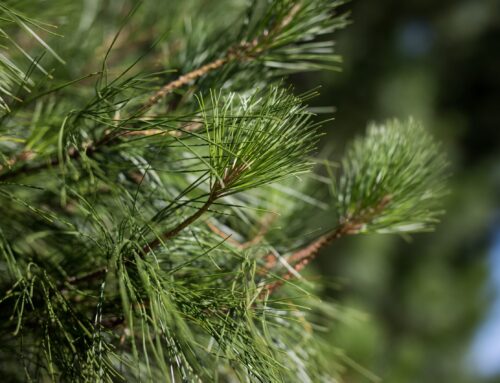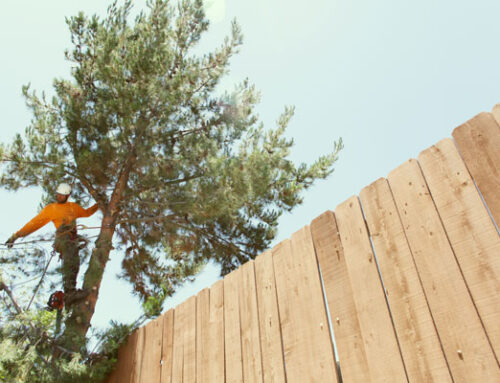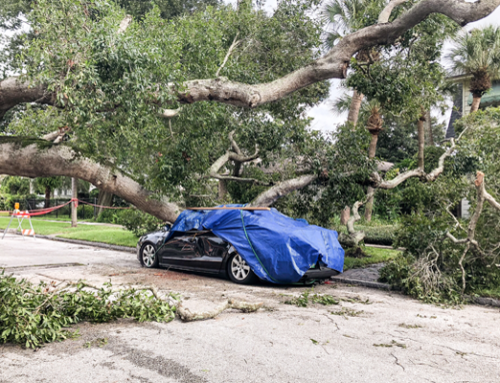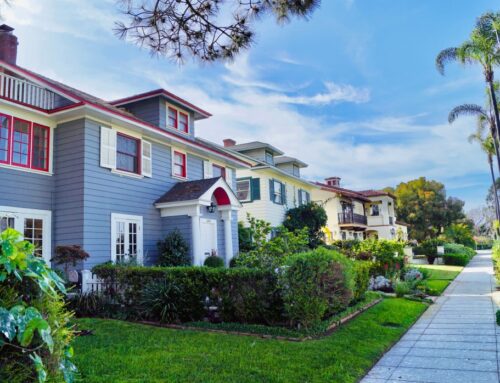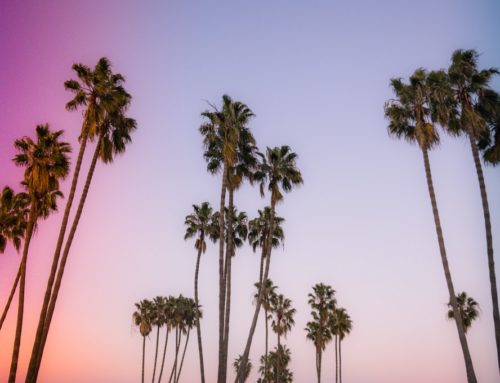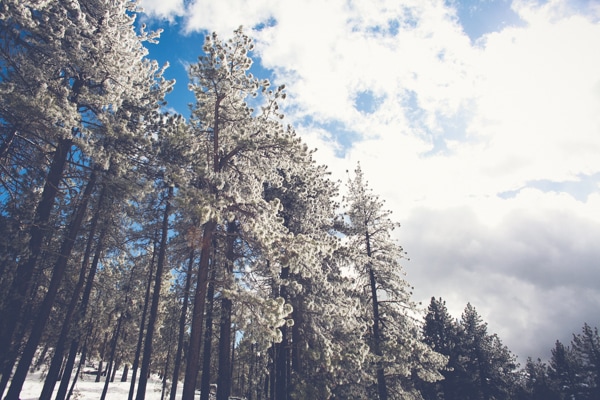


Snow in San Diego?! Who knew? Yes, San Diego — in fact — isn’t always solely about the beach and sun. During the winter months, our diverse city gets to relish in a winter wonderland in the eastward mountains. Areas, like Mount Laguna and Julian, are two of the most popular locations for San Diego locals to enjoy a fun-filled snow day. And the best thing is, they don’t require a 4-hour drive. Most East County residents can get there within 30 minutes, while others “trekking” all the way from the coastal areas, like La Jolla and Del Mar, can typically arrive in about an hour. It’s yet one of the reasons why — in my opinion — San Diego is one of the best cities to live in. In what other city can you enjoy a morning surf session, chow down on some mouth-watering carne asada fries for lunch, enjoy sledding down a snowy hill with your kids in the afternoon, then head back home where you don’t have to fret about shoveling snow or de-icing your car.

WINTER EFFECTS ON TREES
It is common knowledge that some tree species start losing their foliage in the fall. Then during the winter, they are bare-to-the-bone, showcasing their intricate network of limbs. Trees that go through a complete annual leaf drop are called deciduous trees, while their counterparts are evergreens, because they stay for-ever green throughout the year. Whether deciduous or evergreen, all trees undergo some degree of biological change during the colder winter months. Some local trees, like the the cottonwood, drop all their leaves in the fall into the early winter, to which we are left with quite a messy display of tangled branches going this way and that. Yes, it’s safe to say that many of these trees look much better “with clothes on.” But lace any bare tree with powdery snow, and it turns them into a sight to remember.
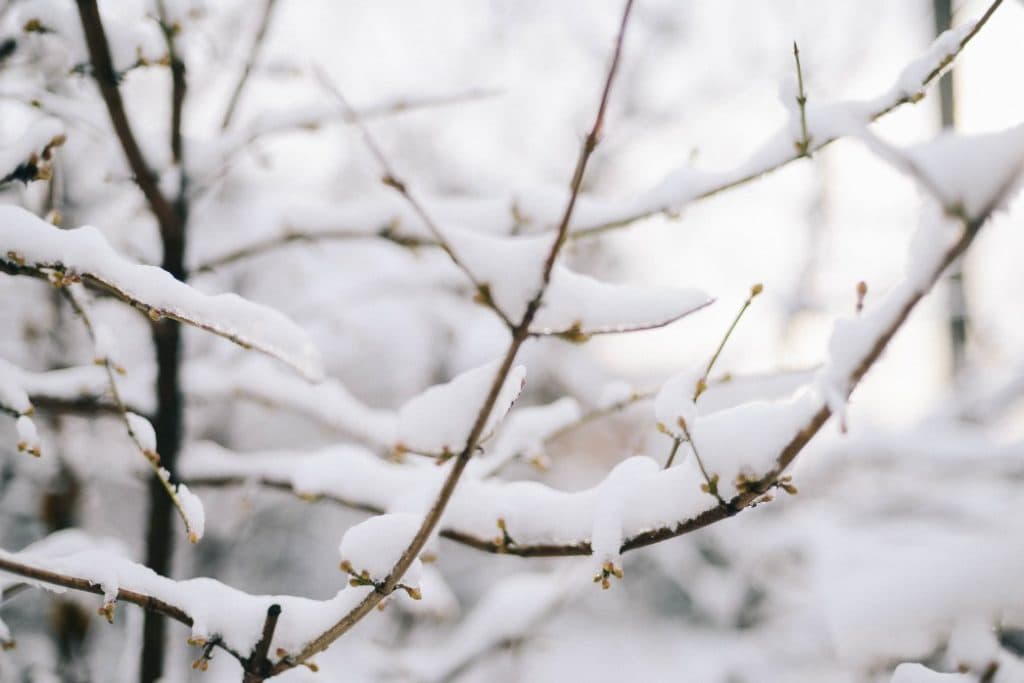
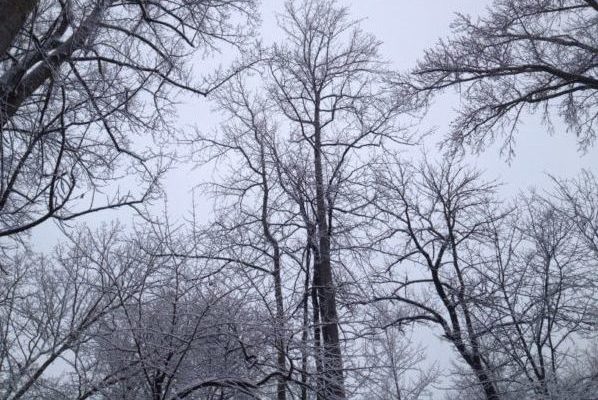
Why do trees go dormant?
In autumn, the shorter days and cooler temperatures signal to trees that winter is just around the corner. Deciduous trees are the main ones affected, since they go through drastic physical changes during the fall and winter. To begin the preparation, trees seal off the connection between the leaf and the branch, which causes the leaves to change color and fall. Since sunlight is in shorter supply during the winter, trees were made to simply continue on without the need for photosynthesis. Dropping their leaves also allows them to reserve their food supply, since retaining their leaves requires energy. When trees enter into hibernation, every part of the tree’s mechanism slows down, including growth, energy consumption, and sap flow — thus allowing them to survive on stored up food until spring returns with increased sunshine, warmer temperatures, and rain.
Bare deciduous trees aren’t the only ones that hibernate during the winter — so do evergreens, just in a less conspicuous manner. Unlike other trees that have flat, thin leaves, evergreens have tougher needles, which are less sensitive to freezing temperatures, thus forgoing the need to completely drop them in the winter.
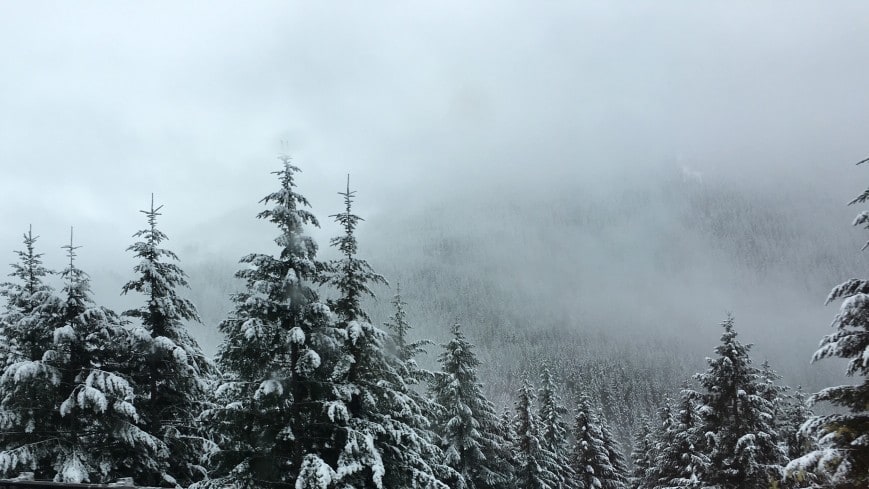
What would happen if trees didn’t go dormant?
Trees in San Diego get to be spoiled and not deal with harsh winter conditions. In colder regions, however, trees would injure or kill themselves if they did not shut down and hibernate. One reason why this would happen is flowing through trees is an abundance of water. In fact, trees are comprised of more than 50% water! And we all know that water expands when it freezes. When trees are actively growing and metabolizing, water flows through the sapwood of the tree, which is located underneath the bark. If water were present in ample amounts, it would expand when frozen and cause structural damage to the tree. Thus, with the decrease in sunlight and water supply, trees would basically starve to death if they didn’t go dormant — similar to a grizzly bear’s necessity to hibernate in order to retain its energy when food is scarce.
A season to enjoy!
So while much of the country has to deal with bone-chilling temperatures (I’m not just talking about the typical San Diegan’s version of frigid…50 degrees), let’s enjoy the winter and the short-lived opportunities to frolic in the snow and to enjoy marveling at the sight of local trees beautifully adorned with fresh, white powder.
Even CEO, Larry Coalson, takes time to unwind in some snow fun!

